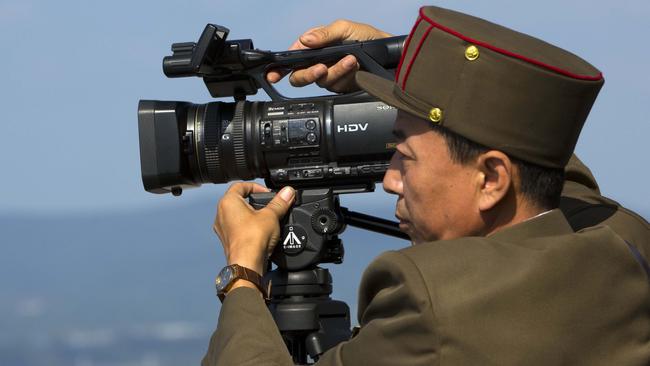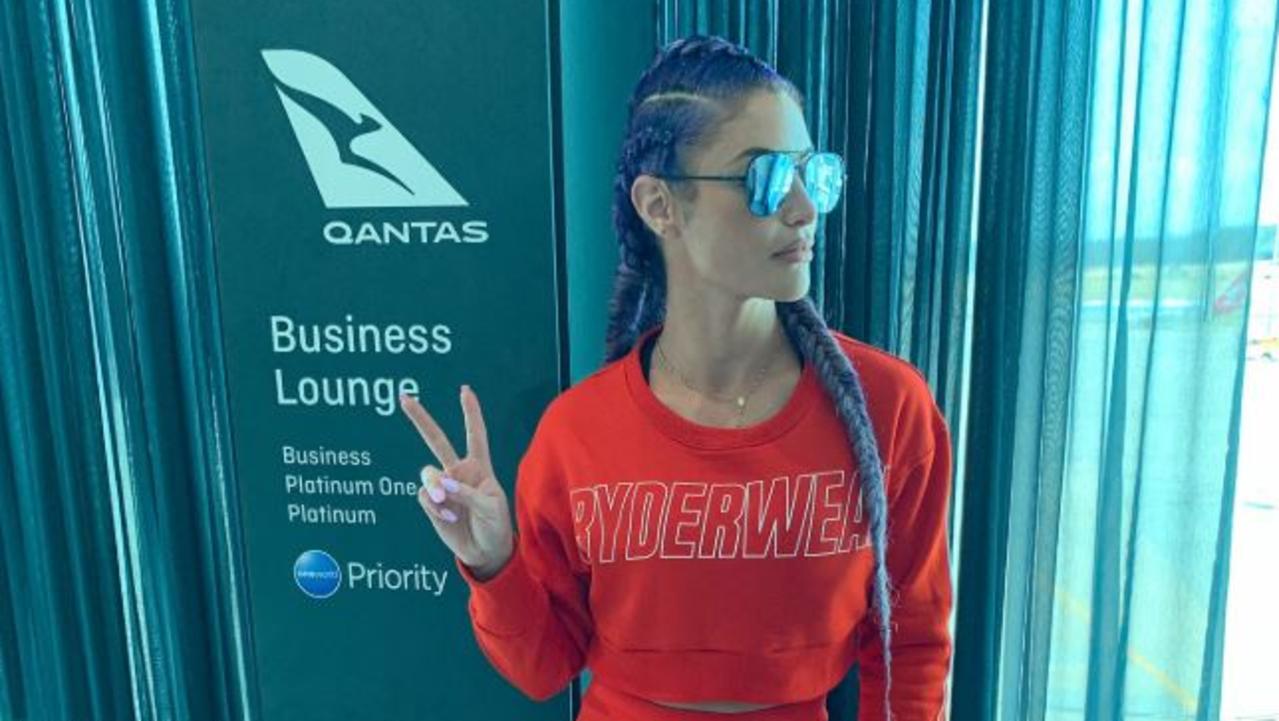Hollywood of North Korea: Where Kim’s propaganda movies are shot
KIM Jong Il was a huge fan of cinema — and so the people of North Korea have become avid moviegoers as a result of his influence.
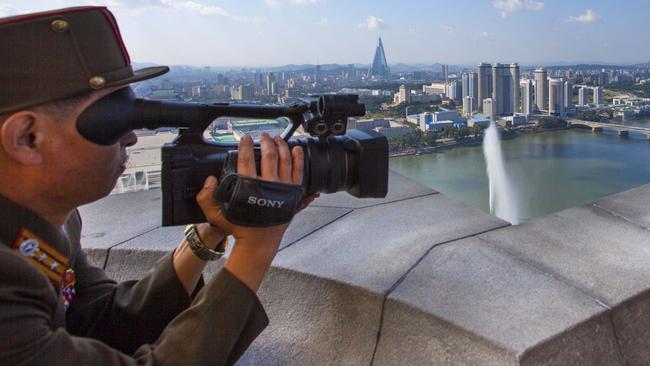
Travel
Don't miss out on the headlines from Travel. Followed categories will be added to My News.
KIM Jong Il was a huge fan of cinema — and so the people of North Korea have become avid moviegoers as a result of his influence.
The deceased Dear Leader had a certain respect for the flicks, allegedly calling it the “most powerful tool for educating the masses”.
He went as far as to write an essay called “Theory of Cinematic Art” in which he wrote: “It is cinema’s duty to turn people into true communists.”
For him, film was a means of eradicating capitalist elements.
Kim Jong Il was said to have thousands of films in his personal library and had seven theatres built exclusively for him in Pyongyang.
Apart from the main studio (Korean Film Studio), other studios have been built in the periphery of the capital — thanks to the frenzied interest in movies he generated.
Kim Jong Il apparently shot a movie about the founder of North Korea — his father Kim Il-Sung — and proclaimed himself a “genius of cinema”.
The leader even had a famous South Korean director, Shin Sang-Ok, and his wife kidnapped in 1978 by the North Korean secret service.
He then ordered the director to make movies for him, providing him with all the money he needed to produce them.
The captive directed more than 20 films, many of which were propaganda, and then was then jailed for trying to escape. The couple finally managed to successfully flee in 1986.
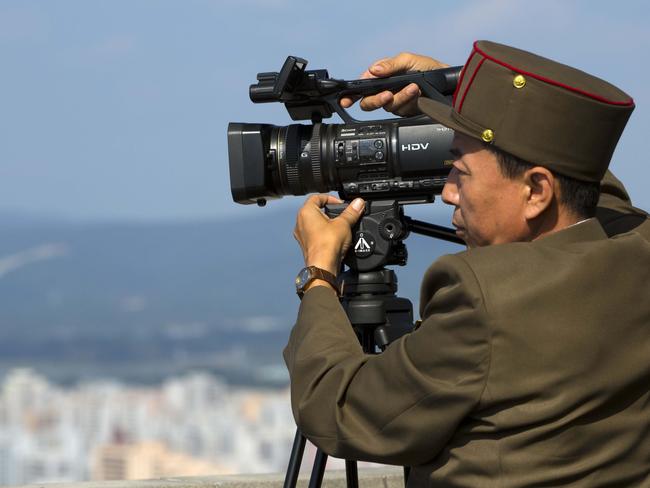
Famous actors are depicted on murals around the capital and even on official currency.
North Korean films tend to portray mostly communist and revolutionary themes including martyrdom for the nation and sacrifice, patriots and heroes fighting real enemies (such as the Japanese and Americans) or monsters.
North Korea is also keen on making movies about current events.
When Bill Clinton came to Pyongyang in 2009 to secure the release of two American journalists, Laura Ling and Euna Lee, the North Koreans quickly made a movie about this episode to show how strong and powerful the regime was.
They also mix real news footage with fake footage, presenting the final piece as reality.
All the revolutionary and historical movies shown on DPRK TV and in cinemas around the country are filmed at Pyongyang’s Korean Film Studio.
A billboard at the entrance of Chollima studios shows the best actresses of the year, a kind of North Korean Oscars.
The difference is that the actors are all employed by the state.
Tourists can visit the mock-up sets of various countries and periods (English cottages, Japanese bars, the Chinese quarter, etc).
Inside the Chollima studios, there are fake American and Japanese posters — and even a fake cinema has been built.
After the financial crisis that ensued following the fall of the Berlin Wall in 1989, some have reported they no longer have a budget to film movies at this studio.
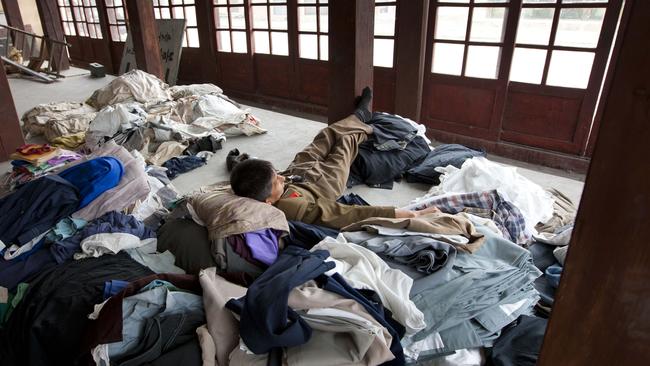
They film with a big Arriflex ARRI 5.35 video camera, which costs more than £85,000, which comes from one of the best camera factories in the world.
For a long time, the movies were shot with film but are now filmed digitally.
For every unit (300 families usually working on a farm), you’ll find a theatre, no matter what part of the country you are in.
Usually, the people do not pay any entrance fees to the movies, since there are not many opportunities for recreation in the remote areas.
The same movie can be seen hundreds of times in a North Korean lifetime. In remote villages, the film posters are painted on the walls, and will stay up for decades.
The most viewed are The Blood Stained Route Map, The Road of Happiness, The Flower Girl, Sea of Blood, A True Daughter of the Party and Urban Girl Comes to Get Married.
The upper class North Koreans who travel abroad and often bring back movies on DVD or USB keys.
It has became a major problem for the government since media can be smuggled in so easily.
This article originally appeared in The Sun and was republished with permission.
Originally published as Hollywood of North Korea: Where Kim’s propaganda movies are shot

